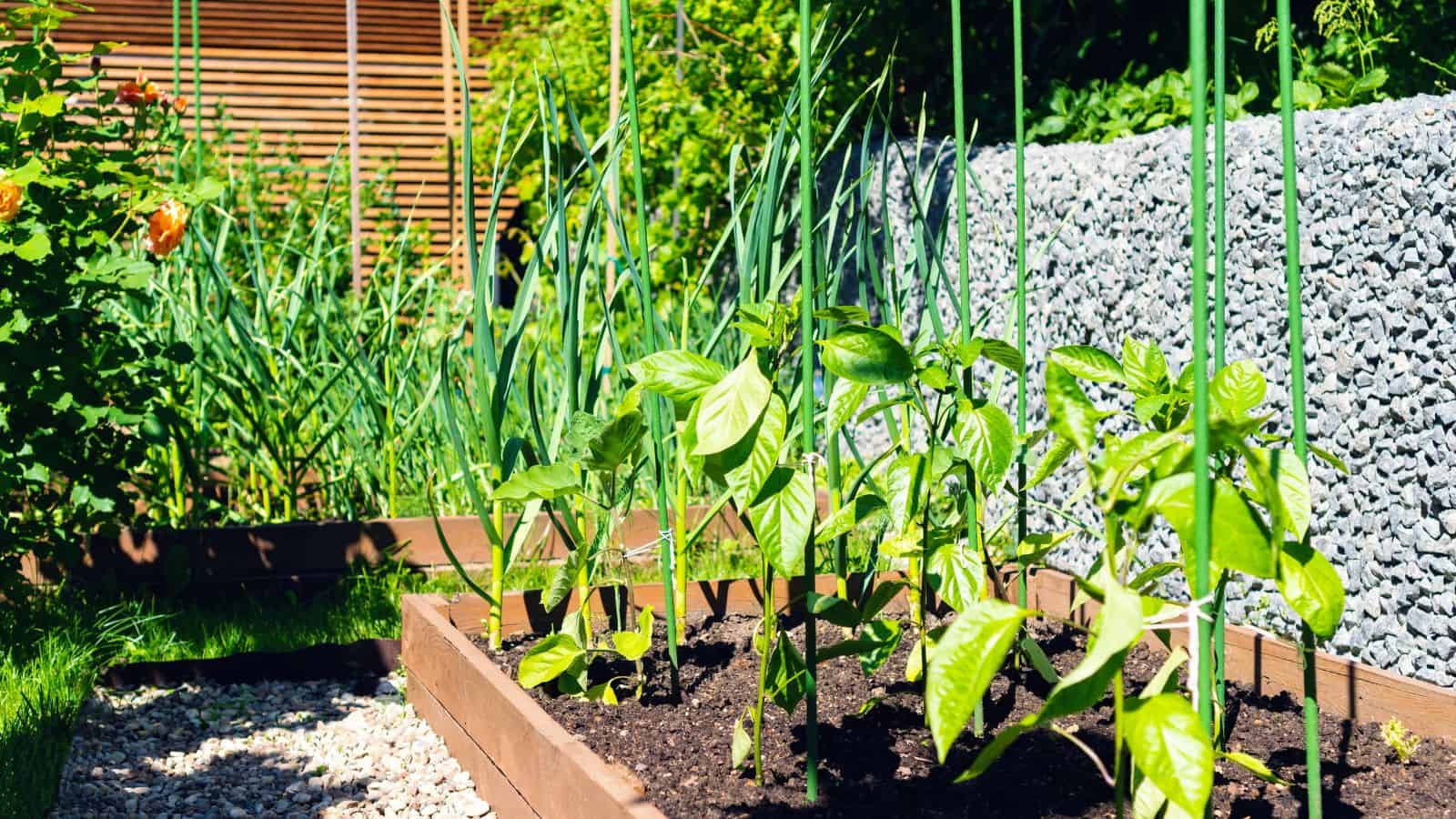No-till gardening is a sustainable gardening method that involves minimal disturbance of the soil. Instead of traditional tilling, organic matter is added to the soil surface to improve its structure and fertility. Here are six benefits of no-till gardening.

1. Improved Soil Structure
No-till gardening preserves the natural structure of the soil, which is crucial for healthy plant growth. By avoiding tilling, you maintain the soil’s layers and allow beneficial organisms to thrive.
Soil Structure Benefits:
- Aggregates: Soil aggregates remain intact, improving water infiltration and root penetration.
- Microbial Life: Beneficial microorganisms, fungi, and earthworms thrive, enhancing soil fertility and health.
2. Reduced Soil Erosion
Tilling exposes the soil to wind and water erosion. No-till gardening keeps the soil covered with mulch or plant residues, protecting it from erosion.
Erosion Control Benefits:
- Soil Cover: Organic matter on the soil surface acts as a protective layer, reducing erosion.
- Stable Soil: Undisturbed soil is less likely to be washed or blown away.
3. Enhanced Soil Fertility
No-till gardening improves soil fertility by increasing organic matter and promoting nutrient cycling. The addition of compost, mulch, and cover crops enriches the soil with essential nutrients.
Fertility Benefits:
- Organic Matter: Adds valuable nutrients and improves soil structure.
- Nutrient Cycling: Promotes the natural cycling of nutrients, reducing the need for synthetic fertilizers.
4. Water Conservation
No-till gardening helps conserve water by improving soil moisture retention. The organic matter added to the soil surface acts as a sponge, reducing evaporation and enhancing water infiltration.
Water Conservation Benefits:
- Moisture Retention: Organic matter retains moisture, keeping the soil consistently damp.
- Efficient Use: Improved soil structure allows for better water infiltration and root absorption.
5. Reduced Labor and Fuel Use
Traditional tilling requires significant labor and fuel. No-till gardening reduces the need for these inputs, making it a more sustainable and cost-effective practice.
Labor and Fuel Benefits:
- Less Work: Reduces the physical labor required for tilling and soil preparation.
- Lower Costs: Decreases the need for fuel and machinery maintenance.
6. Increased Biodiversity
No-till gardening supports greater biodiversity by creating a more stable and diverse habitat for plants, insects, and soil organisms. This leads to a healthier and more resilient garden ecosystem.
Biodiversity Benefits:
- Habitat: Provides a stable environment for beneficial insects and soil organisms.
- Resilience: Enhances the garden’s ability to withstand pests, diseases, and environmental stressors.
By adopting no-till gardening practices, you can improve soil health, conserve resources, and create a more sustainable garden. This method not only benefits your plants but also promotes a healthier and more resilient garden ecosystem.
